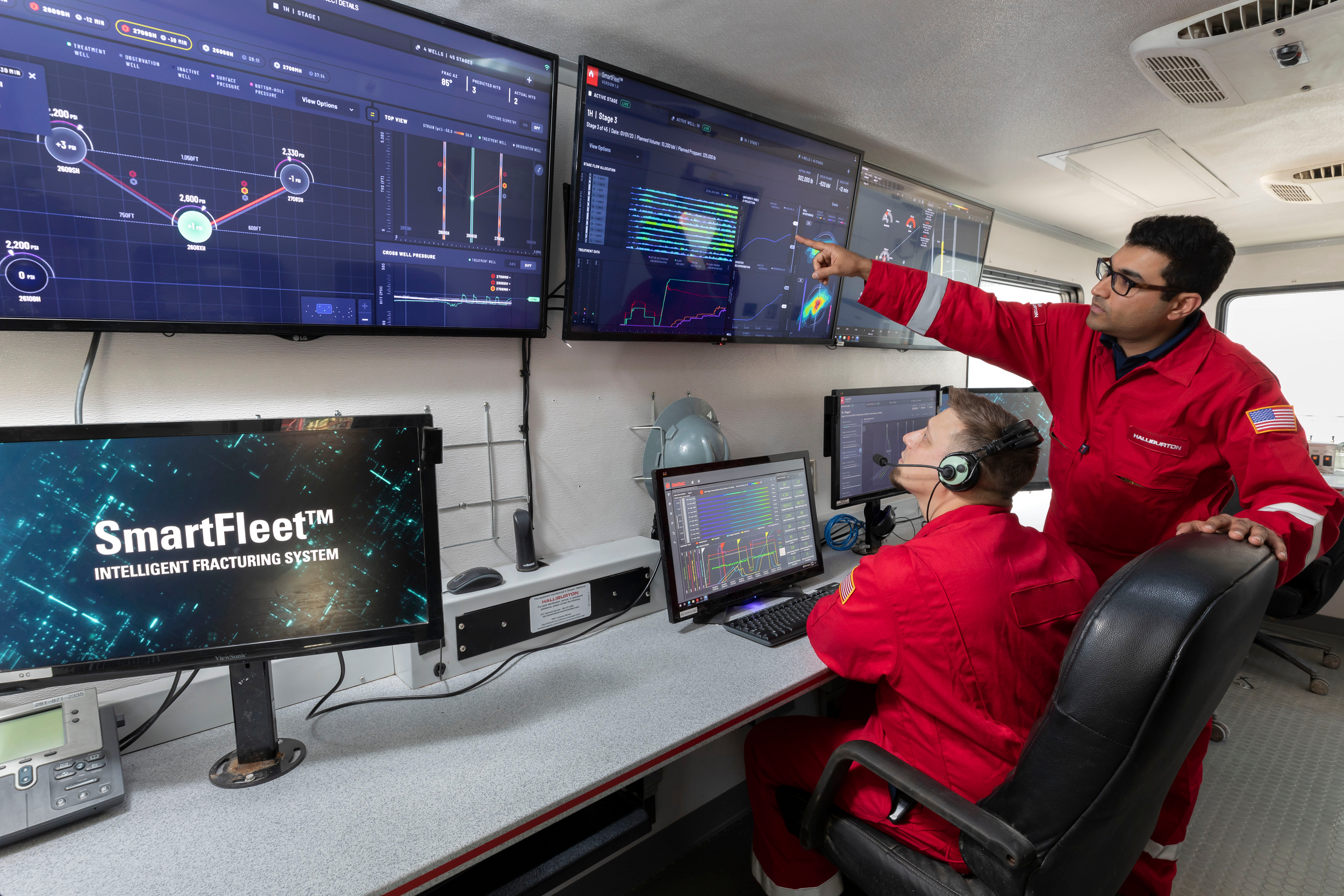 Search
Search
 Search
Search

Understand the impact of parent/child relationships on fracture growth
Delaware Basin
Unconventional plays across North America are challenged today with maintaining productivity under strenuous capital constraints, while development continues to become more complex due to aggressive infill drilling. Many E&P companies seek avenues to maximize recovery from both parent and child wells utilizing various completion and asset development strategies.
Maximizing recovery requires an understanding of fracture behaviors across multiple benches and in between wells. Driven by a better characterization of the fracture behavior, E&P companies make bigger decisions optimizing their drainage strategies that have a direct impact on improving their asset recovery.
In the past, operators have relied on surface pressure measurements to characterize fracture behavior. This point sensor provides only a limited understanding of the volume of the first response. Distributed fiber optic strain measurement can pinpoint the overall extent of fracture coverage from the offset fracs to distinguish interaction pathways and multiple fracture responses from individual treatments. Fiber optic data can also be processed to map out microseismic events in three-dimensional space to provide an improved understanding of the far-field fracture network.
A recent example is the use of SmartFleet® fracture monitoring system by an operator in the Permian basin, who deployed eight disposable fibers to monitor fracture behavior across three adjacent well pads.
With the SmartFleet system, you can see, measure, and act on subsurface fracture behavior easier and faster than before. It combines downhole sensors, measurements, and visualization into a single fracture monitoring system that lets you validate fracture performance through real-time subsurface visualization and evaluation.
The monitoring system provides direct measurements and visualization of fluid distribution along the near wellbore, as well as interactions with offset wells. With live, 3D visualization of fracture behavior, operators observe fracture azimuth, growth rate, and geometry, having the ability to identify inter-stage communication, understand pre-frac well integrity, and evaluate well interference across benches—all in real time.
The SmartFleet® Cross-Well fracture monitoring service can be engaged using either cemented fiber optic cable (for use in a treatment well) or by using Halliburton’s disposable fiber service, ExpressFiber™, in a monitor well with very little intervention or noticeable effect on operations, and at a fraction of the cost of a cemented fiber cable. The ExpressFiber system holds additional cost advantages over other deployable fiber types with a minimal surface footprint compared with wireline or coiled-tubing operations.
This is the largest SmartFleet Cross-Well project setup ever executed globally. The monitor wells and offset treatment wells were landed across five different benches of varying depths.
Each of the treatment wells were treated as a simul-frac zipper with individual well pairs treated concurrent to one another. Offset microseismic activity was gathered and processed from four of the eight monitoring wells, while offset strain activity was monitored on all eight of the fiber-optic monitoring wells.
Despite the unprecedented size and scope of this project, it was an operational and technical success. Fibers on each of the eight monitoring tools remained intact for the duration of the monitoring scope.
The key objective for this project were to understand the impact of offset depletions in certain zones. Then map the strain response from the various benches within the higher and lower lateral elevations in order to understand fracture containment within each target zone. To better understand fracture growth rate and far-field complexity, the strain coverage across each monitor well was evaluated from the treatment wells. Another goal was to optimize fluid loading to mitigate any negative production impact in child wells.
Over the course of the project, more than 600 fracture interaction events were detected and mapped, in addition to over 20,000 microseismic events. The results helped the operator adjust their assumptions and allowed for data-driven decisions in future developments.
The SmartFleet fracture monitoring system provides operators with the tools they need to accelerate nd improve their learning curve, by allowing them to see, measure, and act on what is truly happening down hole.
The SmartFleet Cross-Well service, using the easy-to-deploy, cost-effective ExpressFiber service, allowed our customer to understand the impact that different benches and parent-child relationships have on the behavior of their fracture treatments. Having easy-to-obtain and easy-to-digest data delivered in real-time allowed our customer to confidently make decisions about their asset. This armed them with the insight they need to optimize and adjust their approach for future development.
Fracture Monitoring Simplified
The SmartFleet system combines downhole sensors, measurements, and visualization into a single fracture monitoring system that helps you identify inter-stage communication, understand pre-frac well integrity, and evaluate well interference across benches—all in real time.
Discover SmartFleet